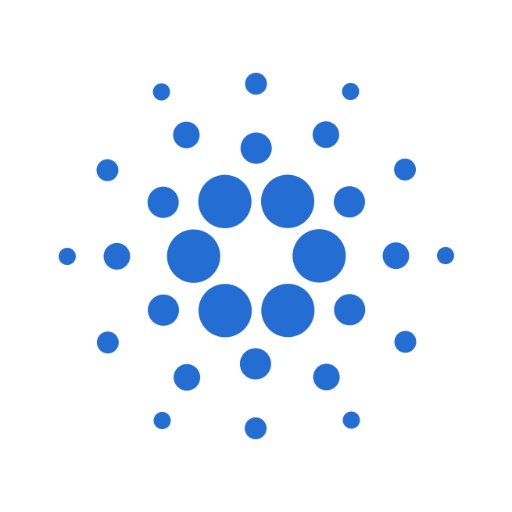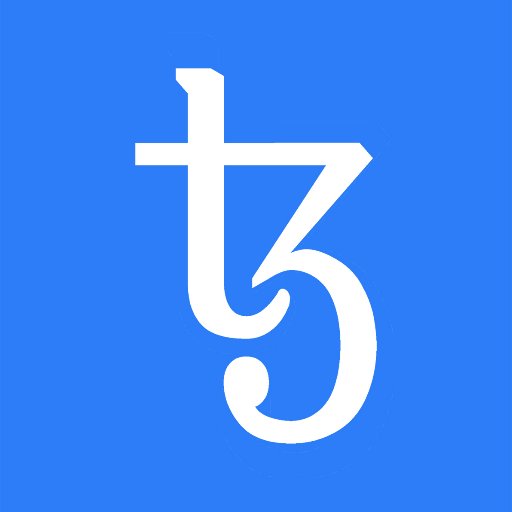比较 Cardano (ADA) 与 Tezos (XTZ) Coin
Like never before, the world of cryptocurrency is witnessing a rising tide of competition playing out in various dimensions, especially between Cardano (ADA) and Tezos (XTZ). This article will delve into a comprehensive comparison between these two dominant forces in the digital currency universe, focusing on their primary attributes, technological edge, and trade-offs. Our aim is to arm prospective investors and technology enthusiasts with balanced insight for a more informed decision.
User rating
Cryptogeek rating
关于
|
卡尔达诺硬币(ADA)是2017年推出的一种加密货币。该货币基于卡尔达诺网络。开发团队的负责人是查尔斯·霍斯金森(Charles Hoskinson),他是经验丰富的开发人员,在卡尔达诺推出之前曾在以太坊和BitShares工作。卡尔达诺(Cardano)是第一个使用经过学术界同行评审的开源代码的加密货币,这使得该项目非常独特。 Cardano的共识算法是股权证明。卡尔达诺通常以其高安全性和快速交易而受到赞誉。卡尔达诺货币迅速获得价值,并成为按市值计算的十大加密货币之一。
|
Tezos是一个智能合约平台,具有自己的区块链和本机令牌(Tezos,XTZ)。治理通过权益证明算法执行。这意味着利益相关者(拥有至少10,000 XTZ的利益相关者)对协议的变更投了赞成票。这些验证者(“面包师”)会因执行验证而获得奖励。奖励是通过通货膨胀产生的。那些将XTZ授权给面包师的人也可以赚钱。 Tezos具有内置的“自我修正”机制,可以在不制作叉子的情况下塑造网络。它使社区保持团结,并使开发过程更容易。
|
类型
成立日期
国家
语言
团队
协议
|
Public blockchain
|
Public blockchain
|
当前价格(美元)
历史最高(美元)
价格变动(24小时)
交易量(24小时)
|
35118735.24203
|
3496159.62939
|
哈希值
最大供应量
总供应
循环供应
|
45000000000.00000
|
1077328970.62860
|
交易速度/区块生成时间
手续费
挖矿盈利能力
算法
证明类型
完全放心
智能合约地址
开采的硬币总数
|
25927070538.00000
|
810904882.00580
|
正在交易
块奖励
|
0.000000000000
|
0.000000000000
|
封锁时间
| 公司 |
|
|
| User rating |
User rating
4.3 / 5
7 用户评论
|
User rating
4.5 / 5
4 用户评论
|
| Cryptogeek rating |
Cryptogeek rating
3.8 / 5
|
Cryptogeek rating
3.4 / 5
|
| TrustScore
其如何运作
|
TrustScore
4.39 / 5
|
TrustScore
4.08 / 5
|
| 关于 |
卡尔达诺硬币(ADA)是2017年推出的一种加密货币。该货币基于卡尔达诺网络。开发团队的负责人是查尔斯·霍斯金森(Charles Hoskinson),他是经验丰富的开发人员,在卡尔达诺推出之前曾在以太坊和BitShares工作。卡尔达诺(Cardano)是第一个使用经过学术界同行评审的开源代码的加密货币,这使得该项目非常独特。 Cardano的共识算法是股权证明。卡尔达诺通常以其高安全性和快速交易而受到赞誉。卡尔达诺货币迅速获得价值,并成为按市值计算的十大加密货币之一。
|
Tezos是一个智能合约平台,具有自己的区块链和本机令牌(Tezos,XTZ)。治理通过权益证明算法执行。这意味着利益相关者(拥有至少10,000 XTZ的利益相关者)对协议的变更投了赞成票。这些验证者(“面包师”)会因执行验证而获得奖励。奖励是通过通货膨胀产生的。那些将XTZ授权给面包师的人也可以赚钱。 Tezos具有内置的“自我修正”机制,可以在不制作叉子的情况下塑造网络。它使社区保持团结,并使开发过程更容易。
|
| 类型 |
类型
coin
|
类型
coin
|
| 成立日期 |
成立日期
2017
|
成立日期
2016
|
| 国家 |
国家
International
|
国家
USA
|
| 语言 |
语言
没有数据
|
语言
没有数据
|
| 团队 |
团队
Public
|
团队
Public
|
| 协议 |
协议
Public blockchain
|
协议
Public blockchain
|
| 当前价格(美元) |
当前价格(美元)
0.8062
|
当前价格(美元)
0.7077
|
| 历史最高(美元) |
历史最高(美元)
1.3300
|
历史最高(美元)
4.4600
|
| 价格变动(24小时) |
价格变动(24小时)
-3.55
|
价格变动(24小时)
-2.97
|
| 交易量(24小时) |
交易量(24小时)
35118735.24203
|
交易量(24小时)
3496159.62939
|
| 哈希值 |
哈希值
没有数据
|
哈希值
没有数据
|
| 最大供应量 |
最大供应量
45000000000.00000
|
最大供应量
没有数据
|
| 总供应 |
总供应
没有数据
|
总供应
没有数据
|
| 循环供应 |
循环供应
45000000000.00000
|
循环供应
1077328970.62860
|
| 交易速度/区块生成时间 |
交易速度/区块生成时间
50
|
交易速度/区块生成时间
15
|
| 手续费 |
手续费
没有数据
|
手续费
没有数据
|
| 挖矿盈利能力 |
挖矿盈利能力
high
|
挖矿盈利能力
medium
|
| 算法 |
算法
Ouroboros
|
算法
没有数据
|
| 证明类型 |
证明类型
PoS
|
证明类型
DPoS
|
| 完全放心 |
完全放心
没有数据
|
完全放心
没有数据
|
| 智能合约地址 |
智能合约地址
没有数据
|
智能合约地址
没有数据
|
| 开采的硬币总数 |
开采的硬币总数
25927070538.00000
|
开采的硬币总数
810904882.00580
|
| 正在交易 |
正在交易
yes
|
正在交易
yes
|
| 块奖励 |
块奖励
0.000000000000
|
块奖励
0.000000000000
|
| 封锁时间 |
封锁时间
没有数据
|
封锁时间
没有数据
|
社交
网站
Twitter
优点
|
Friendly
Peer-reviewed technology
Scalable
|
Has impressive on-chain governance
Self-amending blockchain
Secure smart contract programming language
|
缺点
|
Competitors in the same space
Still in development
Multiple chains
|
ICO was followed by delays
Young ledger
High-risk investment
|
评分
| User rating |
User rating
4.3 / 5
7 用户评论
|
User rating
4.5 / 5
4 用户评论
|
| Cryptogeek rating |
Cryptogeek rating
3.8 / 5
|
Cryptogeek rating
3.4 / 5
|
| 优点 |
优点
Friendly
Peer-reviewed technology
Scalable
|
优点
Has impressive on-chain governance
Self-amending blockchain
Secure smart contract programming language
|
| 缺点 |
缺点
Competitors in the same space
Still in development
Multiple chains
|
缺点
ICO was followed by delays
Young ledger
High-risk investment
|
基于 7 条用户评论, Cardano (ADA) 条用户评分为 4.3 条。 基于 4 位用户的评论, Tezos (XTZ) 位用户的评分是 4.5 位。
We also calculate the special Cryptogeek TrustScore based on the characteristics of each coin.
选择其他公司
In conclusion, there's no definitive verdict on whether Cardano (ADA) or Tezos (XTZ) is superior as both digital currencies present distinct virtues and have their unique areas of expertise. The choice between them largely depends on the individual investor's goals, risk appetite and perspective on their future developments. Hence, understanding the nuances, as laid out in this comparison, forms the bedrock of a more informed investment decision. Stay updated, stay invested, and stay informed!
Like never before, the world of cryptocurrency is witnessing a rising tide of competition playing out in various dimensions, especially between Cardano (ADA) and Tezos (XTZ). This article will delve into a comprehensive comparison between these two dominant forces in the digital currency universe, focusing on their primary attributes, technological edge, and trade-offs. Our aim is to arm prospective investors and technology enthusiasts with balanced insight for a more informed decision.

